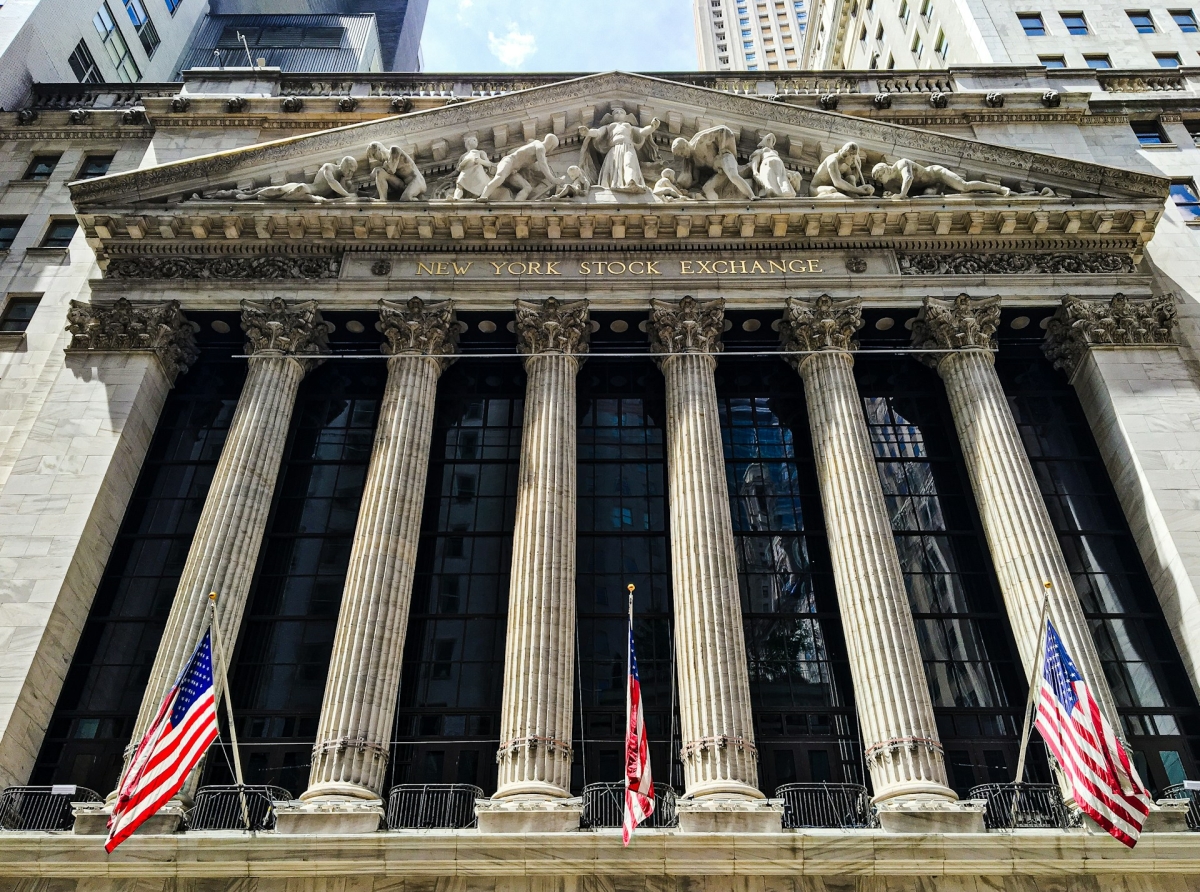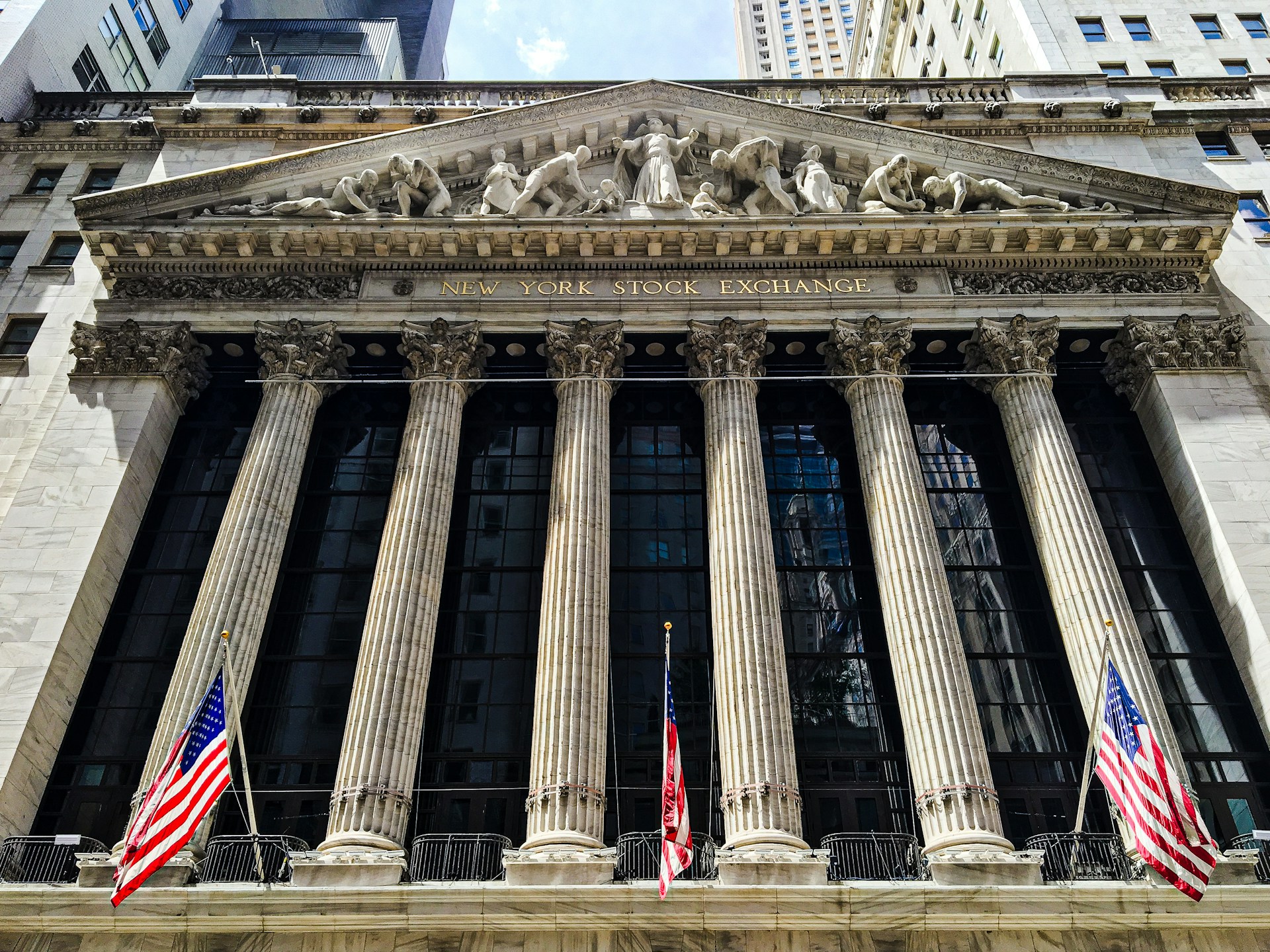Stock Markets Show Resilience Amid Economic Uncertainty in Early 2025

Stock Markets Show Resilience Amid Economic Uncertainty in Early 2025
Despite a turbulent start to 2025 marked by political uncertainty and renewed concerns about U.S. growth prospects, global stock markets have demonstrated surprising resilience in recent weeks.
While economic headwinds persist, key indices have held relatively steady, buoyed by positive trade developments and better-than-expected economic data.
However, analysts caution that challenges remain, particularly as fiscal policy and bond market vigilantes keep volatility on the horizon.
While economic headwinds persist, key indices have held relatively steady, buoyed by positive trade developments and better-than-expected economic data.
However, analysts caution that challenges remain, particularly as fiscal policy and bond market vigilantes keep volatility on the horizon.

Stock Markets Show Resilience Amid Economic Uncertainty in Early 2025
Market Performance: Stability Amid Volatility
The S&P 500 has declined by just 1.3% year-to-date, while the tech-heavy NASDAQ Composite has fallen approximately 3%.In contrast, the Russell 2000, which is more sensitive to economic cycles, has dropped by 8.5%, reflecting investor caution toward cyclical assets. This divergence highlights the ongoing tension between defensive sectors and economically sensitive industries.
Analysts at Wolfe Research attribute the recent relative stability to a combination of "positive trade news and stronger-than-expected economic indicators."
These factors have helped offset deepening recession fears that emerged just weeks ago.
For instance, robust consumer spending data and resilient labor market figures have provided some relief to investors worried about an impending economic slowdown.
Fiscal Concerns and Bond Market Vigilantes
While equity markets have shown resilience, concerns about the U.S. fiscal trajectory are mounting. The federal deficit remains a key issue, with "bond vigilantes"—investors who push back against unsustainable government borrowing—increasing pressure on Treasury yields. Higher yields, in turn, create headwinds for equities, particularly growth stocks that rely on low discount rates.Wolfe Research expects this dynamic to keep volatility elevated throughout the summer. "We continue to maintain a defensive stance, as equities are likely to be hypersensitive to economic data and movements in long-term interest rates in the coming months," analysts wrote. This cautious outlook underscores the delicate balance between optimism over short-term economic improvements and anxiety about long-term fiscal sustainability.
Sentiment Shifts: A Glimmer of Optimism
There are early signs of optimism, as sentiment indicators have shown modest improvement. Surveys measuring consumer and business confidence have ticked higher, suggesting that the worst-case scenarios feared earlier in the year may not materialize. However, analysts remain cautious, emphasizing the need for sustained economic acceleration before adopting a more bullish stance."While we are encouraged by the slight uptick in sentiment surveys, our view is that we need to see a meaningful pickup in economic momentum before shifting toward a more cyclical positioning," analysts noted.
This measured approach reflects the broader uncertainty surrounding the pace and durability of the recovery.
Trade Tensions Ease Temporarily
A significant factor contributing to recent market optimism was President Donald Trump's decision to delay the implementation of a controversial 50% tariff on EU imports until July 9. The move followed a phone call with European Commission President Ursula von der Leyen, during which both parties agreed to pursue serious negotiations."She said she wants to get down to serious talks," Trump stated on Sunday. "July 9 will be that day... I agreed to it."
The announcement was welcomed by markets, with the STOXX 600 index rising 1% and Germany's DAX climbing 1.6%.
Investors interpreted the delay as a de-escalation of trade tensions, providing a temporary reprieve for businesses and consumers concerned about the potential impact of tariffs.
Looking Ahead: Challenges and Opportunities
While the near-term outlook appears cautiously optimistic, several risks loom on the horizon. Persistent inflation, tightening monetary policy, and geopolitical uncertainties could weigh on investor sentiment in the coming months.Additionally, the delayed tariff decision raises questions about whether lasting trade agreements can be reached or if tensions will resurface later in the year.
For now,
markets appear to be balancing hope and caution. Positive developments in trade and economic data have provided a lifeline, but structural issues such as fiscal deficits and slowing global growth remain unresolved.
As Wolfe Research suggests, maintaining a defensive posture may be prudent until clearer signals emerge about the direction of the economy.
markets appear to be balancing hope and caution. Positive developments in trade and economic data have provided a lifeline, but structural issues such as fiscal deficits and slowing global growth remain unresolved.
As Wolfe Research suggests, maintaining a defensive posture may be prudent until clearer signals emerge about the direction of the economy.









Report
My comments